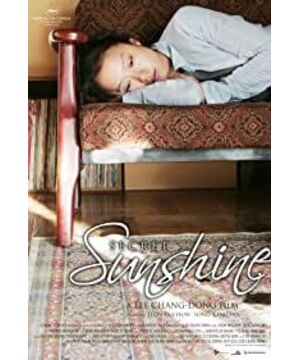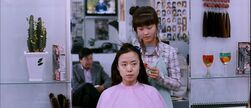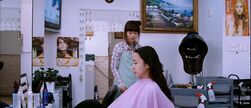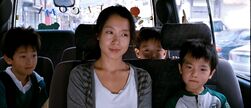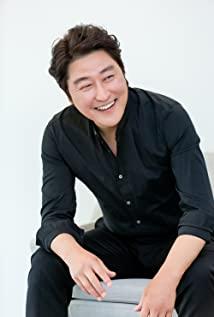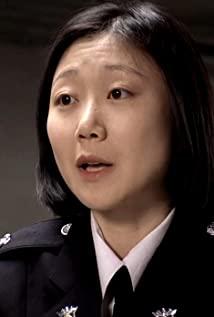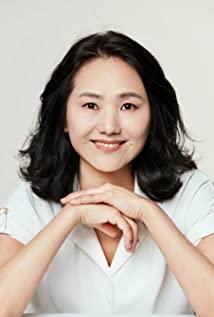At the beginning of the film, on the road leading to Miryang, the car broke down. The first scene captures the entire film: how to get to Miryang? The "arrival" here actually refers to: how to read Miryang? And for Shin Ae, a woman who returned to her husband's hometown of Miryang with her son after losing her husband, the purpose of the trip was: how to survive in Miryang. Further, rather than talking about how Shin Ae survived in Miryang, it is better to say that Miryang, as a typical representative of a small Korean town, has the problem of survival of the city itself. The answers to the four questions are the same.
The central character of the film is Shen Ae. She is the only person in the whole film who is a three-dimensional character, which means that she has a comprehensive description of her behavior, inner world and external performance. The others are Shen Ai and a third party. The image seen in the eyes is indistinct and discontinuous. Looking at it this way, Shen Ai is in the middle and independent. Although surrounded by other secondary characters, the situation develops linearly: first entering Miryang - finding a job - buying a house - losing her young child - turning to Jesus - resisting Jesus - completely Despair - Discover Miyang. This "procedure" is exactly parallel to the process of "Miryang Survival Problem" (or "Reading Decryption Yang").
Let’s talk about the sequence of symbols in the film first. Shin Ae is the symbol of "Miryang Survival Problem". And speaking of herself, mediocre, weak, and struggling, her situation is no different from that of Miryang in decline (maybe one might wonder, while watching the film, why a young woman from the capital is so old-fashioned, that's why). The film gives a premise: bereavement. Shin Ae left Seoul to come to the birthplace of her deceased husband, actually hoping to find the shadow of her deceased husband here. That is to say, "patriarchy", as a consistent representation of rules and direction, is what the film really seeks. In other words, the solution to the "Miryang survival problem" is to find the lost direction.
From the "Book of Changes", Shen Ai is the center, running through the nine palaces and gossip. The road prologue of the film and the eight programs of linear development mentioned above make the nine palaces. The gossip is divided into eight categories: "break, injury, life, du, scene, death, shock, open", corresponding to the various people around Shen Ai, namely: family members, absent husbands, piano students and parents, Christian friends, Shen Ai, etc. Ae's new friend, the dead son, the murderer and his daughter, Jong Chan who always cares about Shin Ae. Together, they formed the closed town in Shin Ae's eyes: Miryang.
Shin Ae and the other characters alone cannot constitute a functioning social system. For example, points must be connected to form lines, lines must form planes, and planes must become three-dimensional in order to form a spatial system. Shen Ai and Jiugong gossip are still from the line to the surface. In order to become a whole, there must be "ether" that permeates the space. The so-called "ether" is the complex interpersonal relationship, the sophistication of people and the invisible undercurrent of people in Miryang City. They are ubiquitous, create public opinion, determine Shin Ae's status and reputation here, and all of this is the basis for whether Shin Ae can survive in the city (the film repeatedly shows that Miryang people are good at pointing and gossiping behind others. characteristics), and even opening a piano class to recruit students requires word of mouth among people. But they are invisible. Shin Ae, who ignored this, paid a heavy price - the process of the teacher abducting and killing Shin Ae's son in the film was completely omitted.
Disaster comes from the invisible but ubiquitous "ether", and redemption also exists in it. At the end of the film, Zong Can arranges Shen Ai's hair, and the sun shines on a pile of garbage in the corner - the way to rescue is actually always by her side, they are Zong Can, Shen Ai's enemy's daughter, and the owner of a clothing store... But Shen Ai has not yet Realizing this, therefore, her hair was only cut in half (the so-called three thousand trouble threads).
The film focuses on the "Du" among the eight schools, that is, religion. It was a prescription couple who persuaded Shen Ai to join the church. Can Christianity become the "medicine" for Shen Ai's disease? Can faith point the way to loss? Can "Western Medicine" solve the problem of a small town in the East? The answer is no, there is a lack of a culture of guilt in the Eastern tradition, and there is no foundation for religious transformation at all. Whether it's Shen Ae or her son-killing enemy, turning to religion is for self-liberation, rather than recognizing one's sins, and will inevitably encounter a conflict between self-will and God's will. I won't go into details here.
However, that's not all, Miryang is nothing but a small town, but the film says that Shin Ae is from Seoul - where patriarchy and order exist, and where she used to live happily. And "Miryang - Seoul" actually constitutes a wider world system, but the director did not continue to discuss this issue. From a structural point of view, the film is the most rigorous, but it still does not get rid of the narrow limitations of most Korean films.
View more about Secret Sunshine reviews


